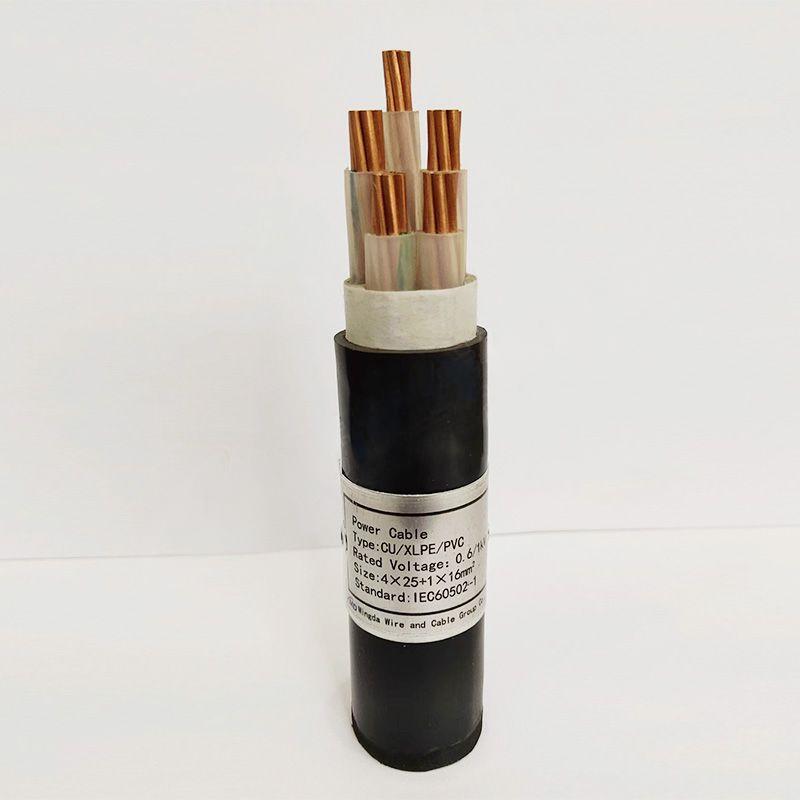10 月 . 15, 2024 19:09 Back to list
pneumatic butterfly valve
The Pneumatic Butterfly Valve An Overview
Pneumatic butterfly valves are a crucial component in various industrial applications, facilitating the control of fluid flow through pipelines. Known for their simplicity and efficiency, these valves are designed to regulate and isolate fluid in a wide range of settings, from water treatment plants to chemical processing facilities.
Design and Function
A pneumatic butterfly valve consists of a disc that pivots to open or close the flow of fluid. The valve body is typically constructed from materials such as stainless steel, ductile iron, or plastic, depending on the application requirements. The valve’s actuation is driven by compressed air, making it ideal for systems that require rapid changes in flow. The pneumatic actuator, which converts the energy from compressed air into mechanical movement, can be attached on top of the valve and is often equipped with additional components such as limit switches and positioners to ensure precise control.
The operation of a butterfly valve is relatively straightforward. When the pneumatic actuator sends air into the device, it rotates the disc either perpendicular or parallel to the flow direction, thus allowing or blocking fluid passage. This design enables quick and reliable operation, with the ability to fully open or close the valve in less than a quarter turn. This feature not only enhances operational efficiency but also minimizes wear and tear on mechanical components, leading to longer service life and lower maintenance costs.
Applications
pneumatic butterfly valve

Pneumatic butterfly valves are widely used in various industries including water treatment, food and beverage, pharmaceuticals, and oil and gas. In water treatment facilities, for instance, these valves help regulate the flow of water through various stages of processing, ensuring that contaminants are effectively removed before the water is distributed. In the food and beverage industry, the valves are often employed to manage the flow of ingredients, ensuring that production processes remain consistent and efficient.
Moreover, the ability to operate in high-pressure environments makes pneumatic butterfly valves suitable for chemical and petrochemical applications, where controlling aggressive fluids is critical. Their lightweight design also means that they can be used in applications where space and weight are limited.
Advantages and Challenges
One of the main advantages of pneumatic butterfly valves is their ability to provide quick response times, making them ideal for applications requiring frequent adjustments. Additionally, their simple design leads to lower manufacturing costs and ease of installation. However, they do have some limitations, particularly in flow control. Unlike throttling valves, butterfly valves are not always suitable for applications requiring precise flow adjustment due to potential turbulence and pressure drops.
In conclusion, pneumatic butterfly valves play an essential role in fluid control across numerous industries. Their straightforward design, efficiency, and quick operation make them favored choices for many applications, though users must be aware of their limitations in specific scenarios. As technology advances, innovations in actuator design and materials continue to enhance the capabilities of these versatile valves, ensuring their relevance in the ever-evolving industrial landscape.
Share
-
Understanding the Differences Between Wafer Type Butterfly Valve and Lugged Butterfly ValveNewsOct.25,2024
-
The Efficiency of Wafer Type Butterfly Valve and Lugged Butterfly ValveNewsOct.25,2024
-
The Ultimate Guide to Industrial Swing Check Valve: Performance, Installation, and MaintenanceNewsOct.25,2024
-
Superior Performance with Industrial Swing Check Valve: The Essential Valve for Any SystemNewsOct.25,2024
-
Industrial Swing Check Valve: The Ideal Solution for Flow ControlNewsOct.25,2024
-
You Need to Know About Industrial Swing Check Valve: Functionality, Scope, and PerformanceNewsOct.25,2024